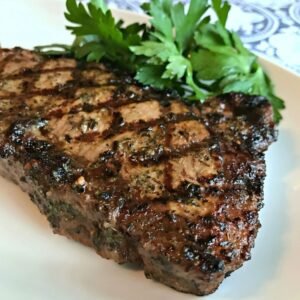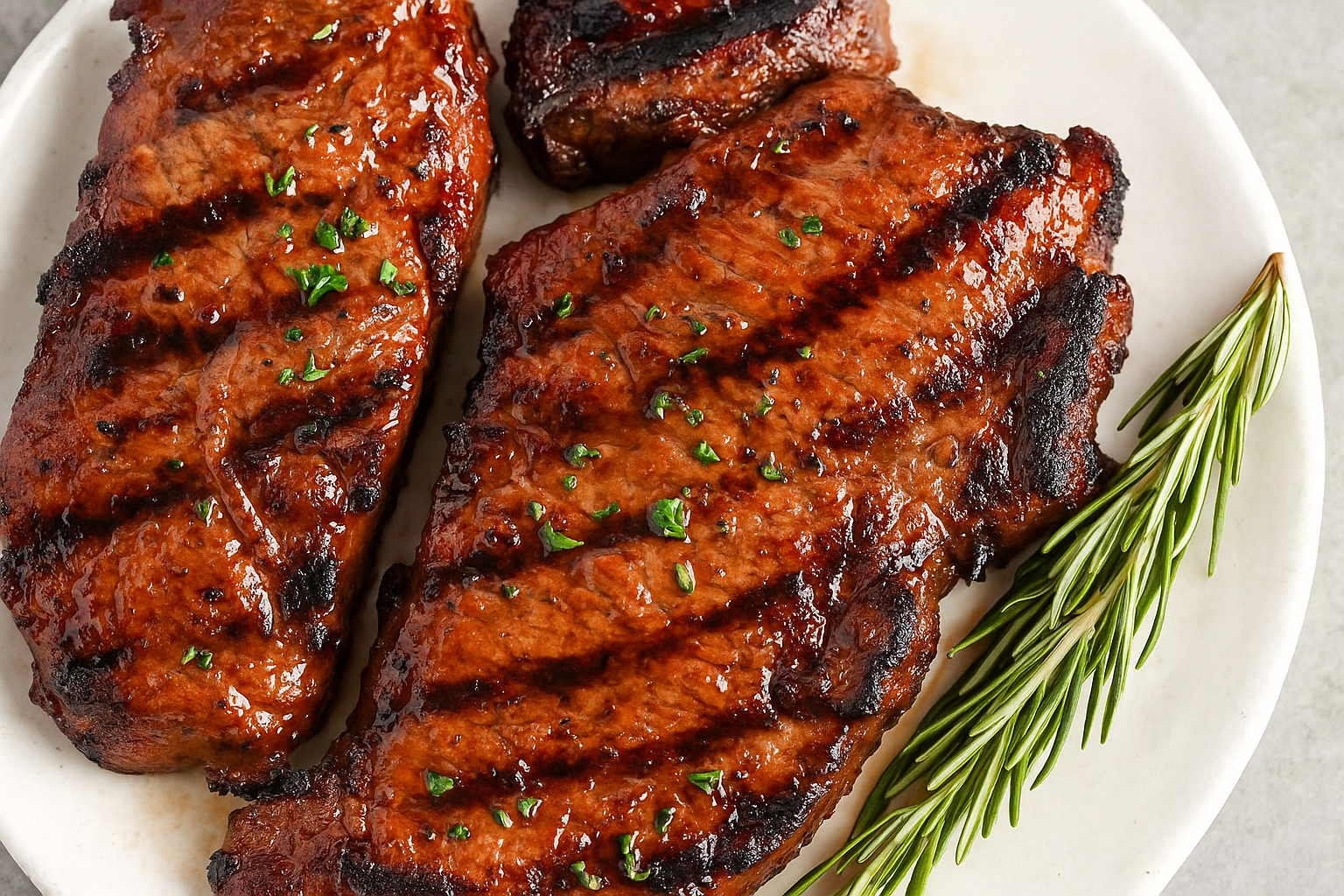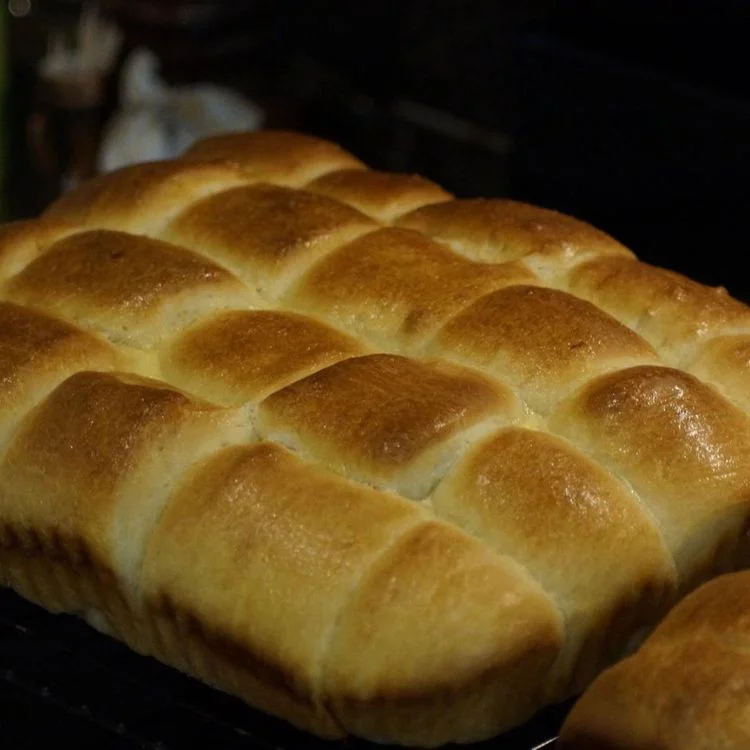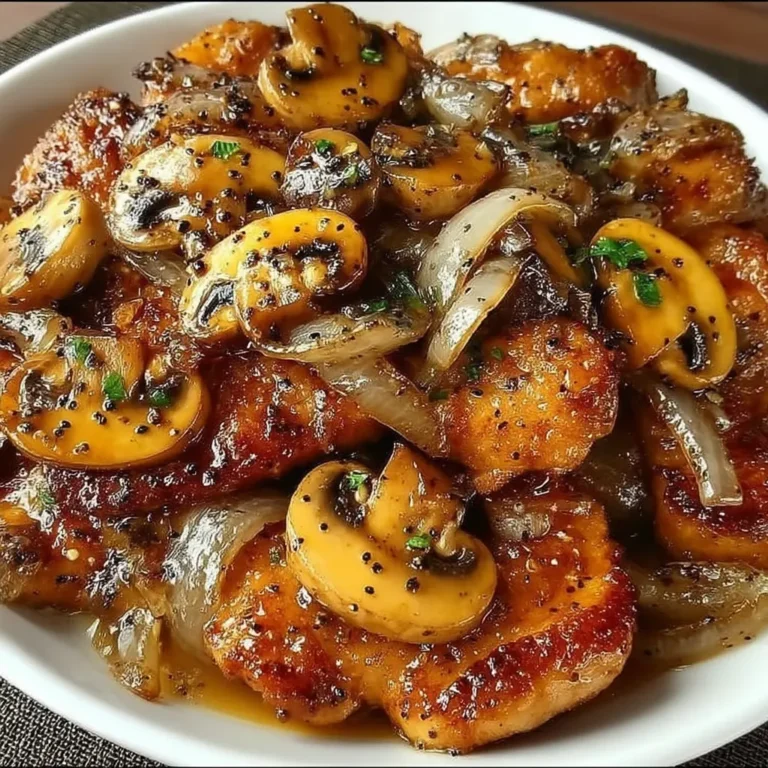Classic Steak Marinade Recipe
Classic Steak Marinade Recipe
Introduction
A thoughtfully crafted steak marinade elevates your beef from ordinary to extraordinary by tenderizing the meat and infusing it with layers of savory, tangy, and aromatic notes. Whether you’re grilling outdoors or pan-searing indoors, this balanced combination of ingredients highlights the natural richness of the steak. By allowing it to soak in these flavors for several hours (or overnight), you’ll achieve a tender, juicy result that’s bursting with taste.

Ingredients
- ½ cup extra-virgin olive oil
- ¼ cup low-sodium soy sauce
- 2 tablespoons Worcestershire sauce
- 2 tablespoons balsamic vinegar (or substitute with red wine vinegar)
- 2 tablespoons fresh lemon juice (about half a lemon)
- 2 tablespoons Dijon mustard
- 2 tablespoons brown sugar (lightly packed)
- 4 cloves garlic, minced (about 2 teaspoons)
- 1 teaspoon freshly ground black pepper
- 1 teaspoon kosher salt
- 1 teaspoon smoked paprika (optional, for a subtle smoky note)
- ½ teaspoon dried thyme (or 1 teaspoon fresh thyme leaves)
- ½ teaspoon dried rosemary (or 1 teaspoon fresh, finely chopped)
- ¼ teaspoon red pepper flakes (optional, for a hint of heat)
- 2–3 pounds steak of your choice (ribeye, sirloin, flank, skirt, or New York strip)
Marinade Preparation
- Combine the Base Flavors:
In a medium bowl, whisk together the olive oil, soy sauce, Worcestershire sauce, and balsamic vinegar until thoroughly blended. These ingredients form the liquid backbone of the marinade. The olive oil carries fat-soluble flavors into the meat, while the soy and Worcestershire contribute depth and umami. - Add Acidity and Sweetness:
Stir in the fresh lemon juice and Dijon mustard. The acidity from the lemon juice begins tenderizing by breaking down muscle fibers, and the mustard acts as an emulsifier, helping the oil and vinegar blend smoothly. Next, add the brown sugar and whisk until fully dissolved; the sugar balances the marinade’s acidity and promotes a caramelized crust when cooking. - Incorporate Aromatics and Seasonings:
Add the minced garlic, black pepper, kosher salt, smoked paprika, thyme, rosemary, and red pepper flakes (if using). Whisk to ensure the seasonings distribute evenly throughout the liquid. Even distribution is crucial so every bite is consistently seasoned.
Marinating the Steak
- Prepare the Container:
Place your steak in a large resealable plastic bag or a shallow, non-reactive dish (glass or ceramic work best). - Add the Marinade:
Pour the prepared marinade over the steak, coating it completely on all sides. If you’re using a plastic bag, press out as much air as possible, seal it, and gently massage the marinade into the meat. If you’re using a dish, cover it tightly with plastic wrap. - Marinating Time:
Refrigerate for at least 2 hours, but for best results, let the steak marinate for 6–8 hours. If time allows, you can also marinate overnight (up to 24 hours) for maximum flavor and tenderness. Every few hours, flip or rotate the steak so that it absorbs the marinade evenly. Avoid marinating beyond 24 hours, as the acid can begin to break down the meat’s texture too much, resulting in a mushy consistency. - Bring to Room Temperature:
About 30 minutes before cooking, remove the steak from the refrigerator so it can come to room temperature. This step promotes more even cooking and helps you achieve a consistent doneness throughout. - Dry Before Cooking:
Pat the steak lightly with paper towels to remove any excess marinade. Drying the surface helps create a better sear and a nicer crust. If you plan to make a pan sauce, reserve any leftover marinade—but be sure to boil it for at least 3–4 minutes to eliminate any bacteria from the raw meat.

Cooking Methods
- Grilling:
- Preheat your grill to medium-high heat (around 450°F–500°F). Lightly oil the grates.
- Place the steak on the grill and cook without moving it for about 4–6 minutes per side to reach medium-rare (internal temperature of about 130°F–135°F). Adjust cooking time if your cut is especially thick or if you prefer a different doneness.
- After flipping once, let the steak form a nice crust—avoid pressing down or prying it up prematurely.
- Pan-Searing:
- Heat a heavy-bottomed skillet (cast iron preferred) over high heat until it begins to smoke.
- Add 1 tablespoon of a high-smoke-point oil, such as canola, avocado, or grapeseed oil.
- Lay the steak in the pan and let it sear undisturbed for 3–4 minutes.
- Flip the steak and cook for another 3–4 minutes for medium-rare. If you like, finish by adding 1–2 tablespoons of unsalted butter during the last minute: tilt the pan slightly and spoon the melted butter over the steak to baste it. Adjust cooking times for your preferred level of doneness.
Resting and Serving
- Rest the Steak:
Once the steak reaches your desired internal temperature, transfer it to a cutting board or plate and let it rest for 5–10 minutes. This resting period allows the juices to redistribute, resulting in a more tender, juicy bite. - Slice Against the Grain:
When you’re ready to serve, use a sharp knife to slice the steak against the grain. This technique breaks up the muscle fibers and ensures each bite is as tender as possible—especially important with cuts like flank or skirt steak. - Serving Suggestions:
- Offer the steak alongside a simple green salad, roasted vegetables, or garlic mashed potatoes.
- Spoon any pan juices or reserved, fully cooked marinade over the sliced steak as a finishing sauce.
- For a restaurant-style flourish, top each slice with a pat of garlic-herb butter or a drizzle of pesto.
Tips, Variations, and Storage
- Flavor Variations:
• For an Asian-inspired twist, replace the balsamic vinegar with rice vinegar and add 1 tablespoon of freshly grated ginger. You can also swap brown sugar for honey or maple syrup to change the sweetness profile.
• To enhance smokiness—especially useful if you’re cooking indoors—stir in 1 teaspoon of liquid smoke or rely on smoked paprika. - Gluten-Free Option:
Substitute tamari or coconut aminos for soy sauce to make this recipe gluten-free. Ensure any Worcestershire sauce you use is labeled gluten-free, as some brands contain malt vinegar or wheat. - Make-Ahead Marinade:
If you’re pressed for time, mix up the marinade (minus the steak) and store it in a sealed container in the refrigerator for up to one week. When you have fresh steak on hand, pour the marinade over it and let it soak in the flavors. - Storing Leftover Steak:
Keep any cooked steak in an airtight container in the refrigerator for up to 3–4 days. When reheating, use a low oven (about 250°F) or warm it gently in a pan over low heat to preserve its juiciness.
Conclusion
This versatile steak marinade strikes a harmonious balance between tangy, sweet, and savory elements. Whether you grill outdoors or sear in a pan, following these steps will yield a tender, flavorful steak reminiscent of restaurant quality. Feel free to experiment with variations to make this recipe uniquely your own. Enjoy!







